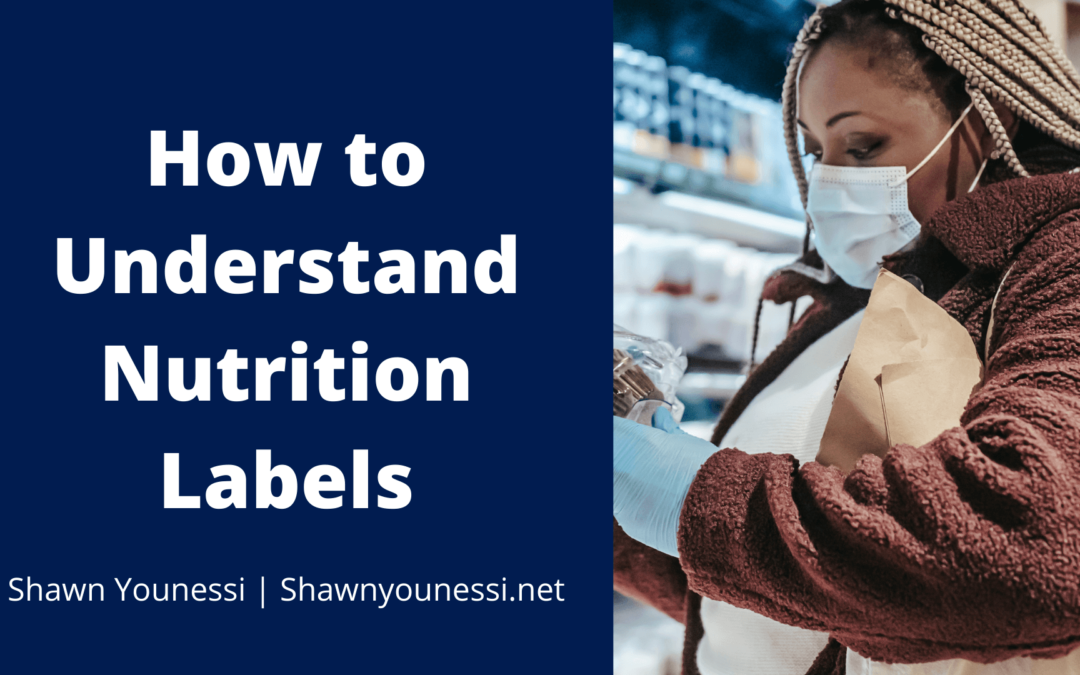The US government has required nutrition information on food labels since 1990. But even with this requirement, many people don’t understand what they are reading and why it’s important for their health. This blog post will help you understand nutrition labels better to make healthier choices when shopping or eating at restaurants.
Look at the Serving Information
The serving information tells you how the food manufacturer has measured this product. This is an essential step in understanding the overall nutrition, so it is imperative to note whether or not what you are eating matches up with the serving size listed.
For example, if the package says that there are two servings per container and the serving size is ½ cup, each container would have 2 cups of the product inside. Since the servings are not equal, you need to adjust your portion size to eat the entire thing.
Focus on Calories & Serving Sizes
Calories get a lot of attention in the weight loss world, and with good reason: they help us to understand how much energy we’re taking in. Calories are listed on the nutrition label. However, it’s important to note that this number is based on a 2,000 calorie diet and that it should be used as a general guideline to inform your eating choices rather than a strict rule. There are good calories and bad calories, so even if you take in a lot of calories, as long as they’re coming from quality sources, you can lose weight.
Focus Percent Daily Value
The required daily values are based on a 2,000 calorie diet, and they give you a percentage of the amount of the nutrients found in a food that you need to consume per day. For example, if your serving size is listed as 150 calories and 10% Daily Value for fat is listed, then each of those 150 calories requires .1 grams of fat per day. The daily value for fat is 65 grams, so if you eat 150 calories worth of food with 10% DV for fat, you’ve consumed 4.5 grams of fat and 1/9th (10%) of your recommended allowance.
Don’t Forget about Vitamins & Minerals
Often, we think about the nutrients in food in terms of protein, fat, carbohydrates, and fiber. While those are still important to consider when eating nutrient-dense foods, don’t forget about vitamins and minerals because they also make a big difference. The daily values for these nutrients are based on 2,000 calorie diets, so you can be sure that you’re getting enough of them. However, if you need to take a supplement or vitamin with a higher amount of these nutrients, you will want to make sure that the two numbers match up well.
Now that you know how to read a nutrition label take a look at the packaged food in your pantry. Pay close attention to serving sizes and adjust yours if need be so that it’s realistic for what you’re eating. If you notice that certain products have surprisingly high numbers for certain nutrients, then maybe it’s time to look at a different brand or product that gives you better nutritional value for your money.

